
チリのイースター島には、モアイ像があります。
モアイ像は、チリのイースター島にある人の顔を模したとされる石像です。島の海に面したアフと呼ばれる高台にあります。
モアイ像のあるラパ・ヌイ国立公園は、世界遺産に登録されています。
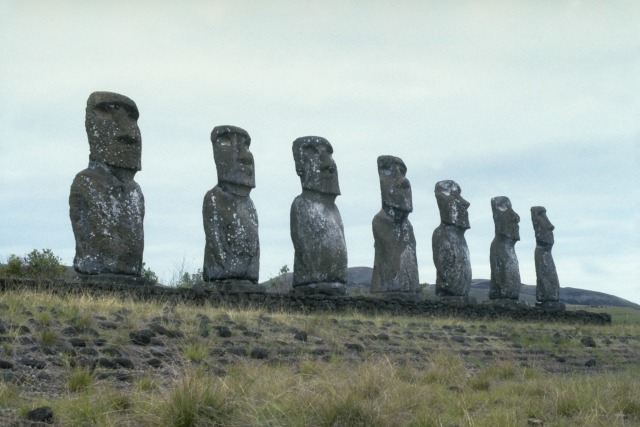
多くの像は、海に背を向けて、かつての居住地を取り囲むように建てられています。
モアイ像は、島にある凝灰岩で作られています。
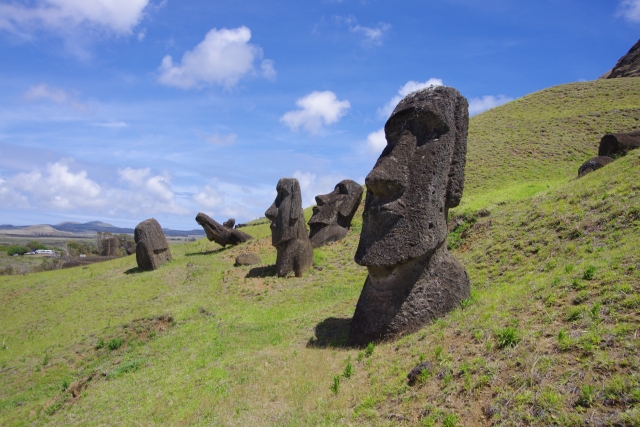
凝灰岩は、火山から噴出した火山灰が地上や水中で堆積してできた岩石です。凝灰岩の成分は、火山でできたものですが、堆積岩に分類されます。
イースター島には、建造中に放置されたものも含めて、モアイ像は約900体あります。
ほとんどの像は、部族間の争いで倒されていました。
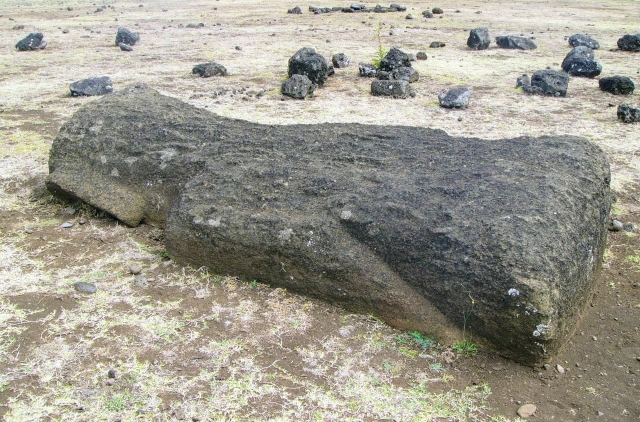
現在アフに立っている30体のモアイ像は、20世紀以降に、横倒しのものを立て直したものです。
横倒しのモアイ像を立てるためのクレーン車は、日本の会社から贈られました。
モアイ像は、最初3メートルほどでしたが、次第に大型化しました。
これらの像が建てられた理由は、宗教的なものだとされていますが、明確にはわかっていません。
世界遺産にすすむ(このブログにあるページ)
古都奈良Ancient capital Naraにすすむ(このブログにあるページ): 奈良のの大仏
Moai Statue
Moai statues are stone statues that supposedly resemble human faces on Easter Island, Chile.They are located on a high plateau called Ahu, facing the sea on the island.
Rapa Nui National Park, where the moai statues are located, is registered as a World Heritage site.
Many of the statues are built with their backs to the sea, surrounding former settlements.
The moai statues are made of tuff, which is found on the island.
Tuff is a rock formed when volcanic ash from volcanoes is deposited on the ground and in the water.Tuff is classified as a sedimentary rock, although its components were formed by volcanoes.
There are approximately 900 moai statues on Easter Island, including some abandoned during construction.
Most of the statues were toppled in tribal conflicts.
The 30 moai statues that stand in Ahu today were rebuilt after the 20th century from overturned statues.
The cranes used to erect the overturned moai were donated by a Japanese company.
The moai statues were initially about 3 meters in height, but gradually became larger and larger.
The reason for the construction of these statues is believed to be religious, but this is not known for certain.
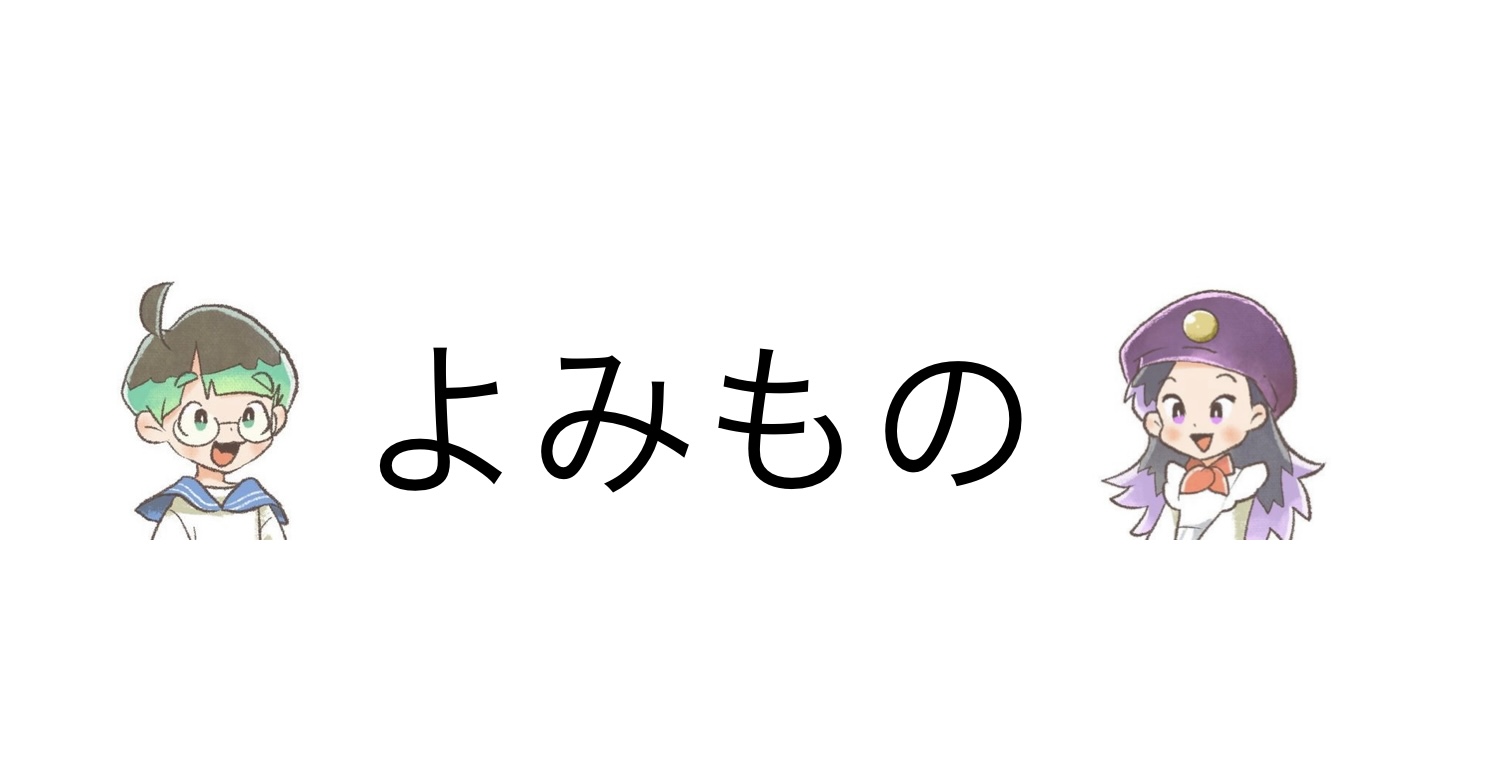
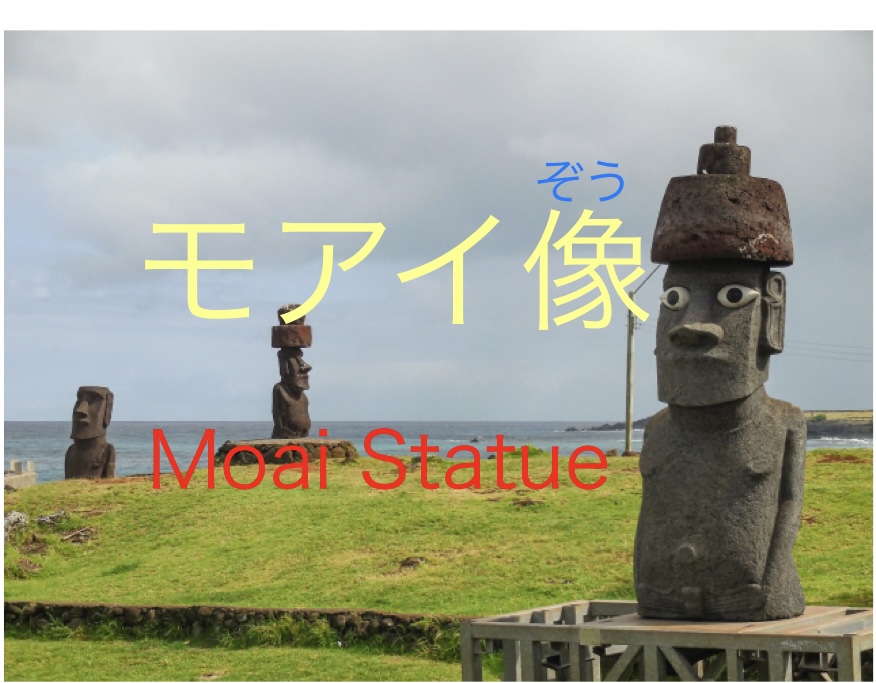


コメント